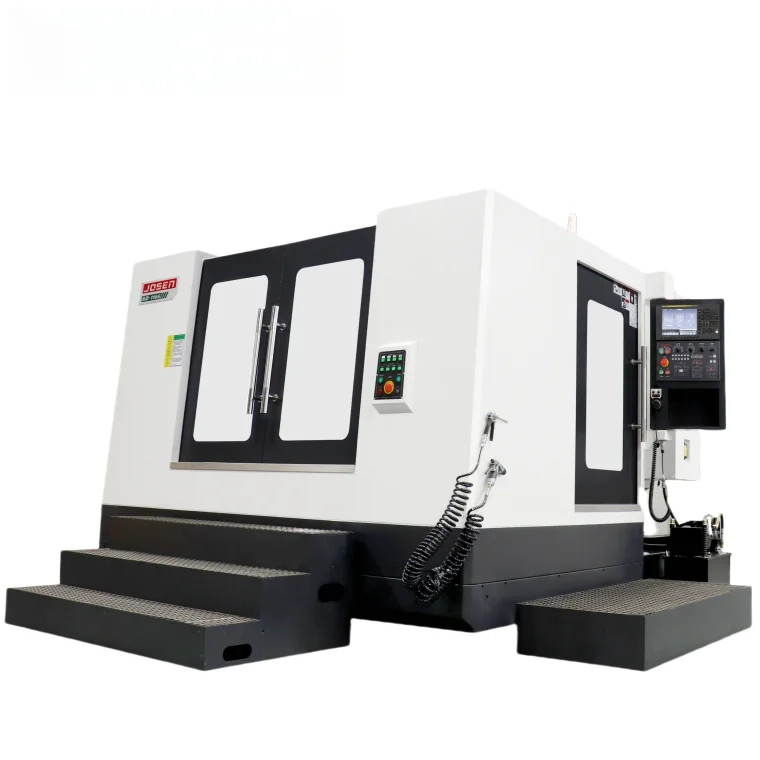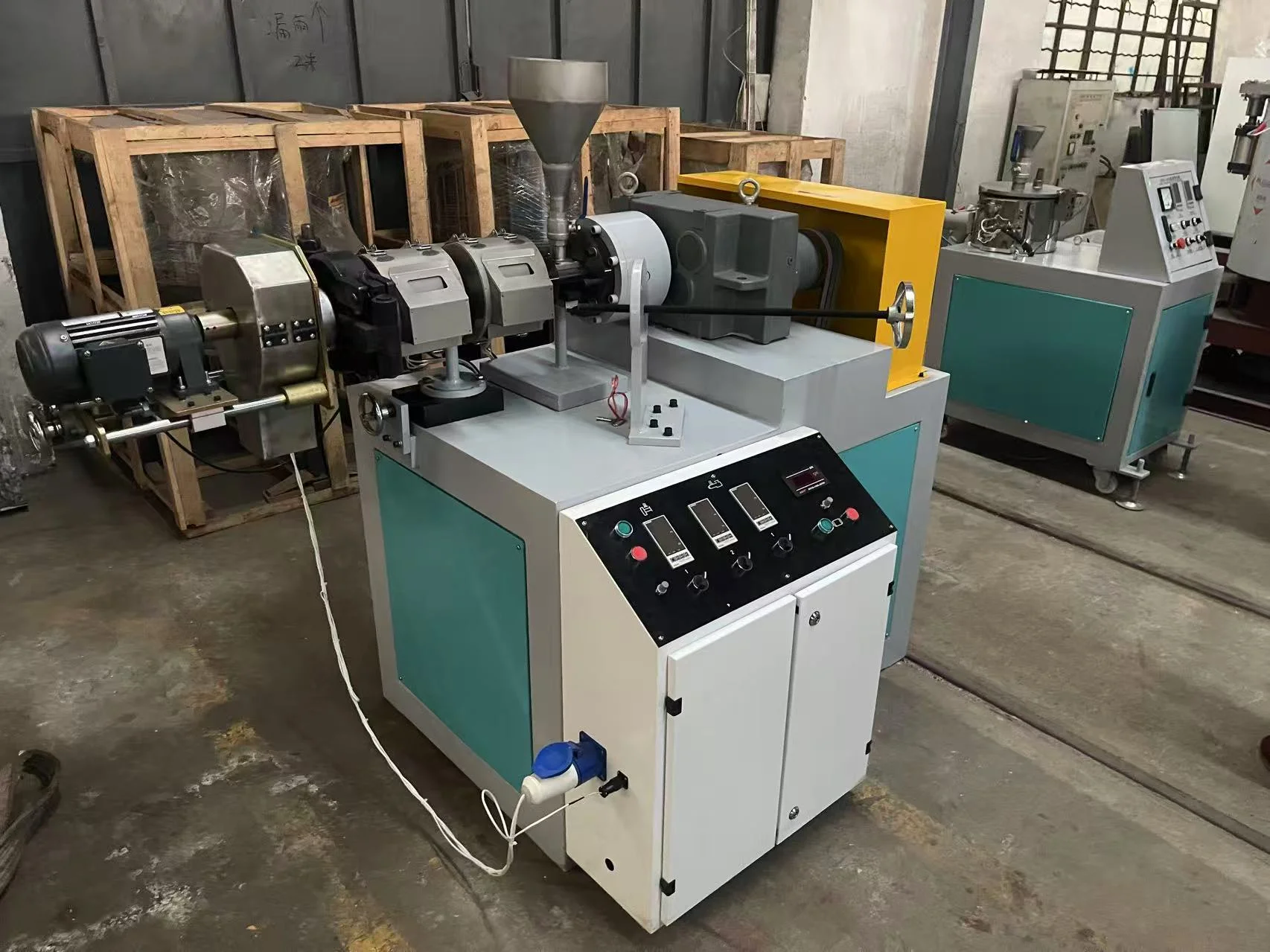When it comes to outdoor adventures, a reliable tent is one of the most crucial pieces of gear you can invest in. Whether you're planning a weekend camping trip or an extended backpacking expedition, the material of your tent plays a pivotal role in ensuring your comfort and safety. Among the myriad of factors to consider, waterproofing stands out as a primary concern for many campers. In this article, we will explore the best waterproof tent materials available today, helping you make an informed decision for your next outdoor excursion.
Understanding Waterproof Ratings
Before diving into specific materials, it's essential to understand how waterproof ratings work. The waterproofness of tent fabrics is typically measured in millimeters (mm) of water column pressure. A higher number indicates better waterproofing capabilities. For instance, a tent with a rating of 1,500 mm can withstand light rain, while one rated at 3,000 mm or more is suitable for heavy downpours.
Common Waterproof Tent Materials
- Polyester
- Overview: Polyester is one of the most popular materials used in tent manufacturing due to its lightweight nature and durability. It is often treated with a waterproof coating, enhancing its ability to repel water.
- Advantages: Polyester tents are resistant to UV damage, making them ideal for sunny environments. They also dry quickly, which is a significant advantage in unpredictable weather.
- Disadvantages: While polyester is generally water-resistant, it may not perform as well as other materials in prolonged heavy rain unless adequately treated.
- Nylon
- Overview: Nylon is another widely used fabric in the tent industry, known for its strength and lightweight properties. Similar to polyester, nylon tents are often coated with waterproof substances.
- Advantages: Nylon tents typically have a higher waterproof rating compared to polyester, making them suitable for more extreme weather conditions. They are also more compressible, which is a plus for backpackers looking to save space.
- Disadvantages: Nylon can be susceptible to UV degradation over time, so proper care and storage are essential to prolong its lifespan.
- Silnylon
- Overview: Silnylon is a blend of silicone and nylon, offering a unique combination of lightweight and waterproof properties. This material is often favored by ultralight backpackers.
- Advantages: Silnylon is incredibly waterproof and has a high strength-to-weight ratio. It is also resistant to stretching, which helps maintain the tent's shape in windy conditions.
- Disadvantages: The primary drawback of silnylon is its susceptibility to UV damage, which can lead to degradation over time. Additionally, it can be more expensive than traditional nylon or polyester tents.
- Cuben Fiber (Dyneema)
- Overview: Cuben fiber, also known as Dyneema, is a high-performance material that has gained popularity among serious backpackers and adventurers.
- Advantages: This material is exceptionally lightweight, incredibly strong, and boasts excellent waterproof properties. It is also resistant to UV damage and does not absorb water, ensuring that it remains lightweight even in wet conditions.
- Disadvantages: The primary downside of cuben fiber is its cost, as it is significantly more expensive than other tent materials. Additionally, it can be less forgiving in terms of punctures and abrasions.
Additional Considerations for Waterproof Tents
While the material is a critical factor in determining a tent's waterproof capabilities, other elements should also be considered:
- Seam Sealing: Regardless of the fabric, seams are often the weakest points in a tent's waterproofing. Look for tents with factory-sealed seams or consider applying seam sealant yourself for added protection.
- Rainflies and Footprints: Many tents come with a rainfly, which adds an extra layer of waterproofing. A footprint can also protect the tent floor from moisture and abrasions.
- Ventilation: Proper ventilation is essential to prevent condensation inside the tent, which can be mistaken for leaks. Look for tents with adjustable vents to help manage airflow.
Conclusion
Choosing the best waterproof tent material ultimately depends on your specific needs, preferences, and the conditions you expect to encounter. Polyester and nylon offer a balance of durability and weight, while silnylon and cuben fiber cater to those seeking ultralight options with superior waterproofing. Regardless of the material you choose, ensure that you pay attention to waterproof ratings, seam sealing, and overall tent design to maximize your outdoor experience. With the right tent, you can confidently embrace the elements and enjoy the beauty of nature, rain or shine.




More Stories
Achieve Healthier, Stronger Hair: The Power of Keratin Purifying Shampoo
Why a Foldable Trolley Cart on Wheels Has Become an Essential Mobility Solution for Daily Utility
How an Integrated Supply Chain Lowers Costs for High-Quality Indoor Volleyball Training Nets